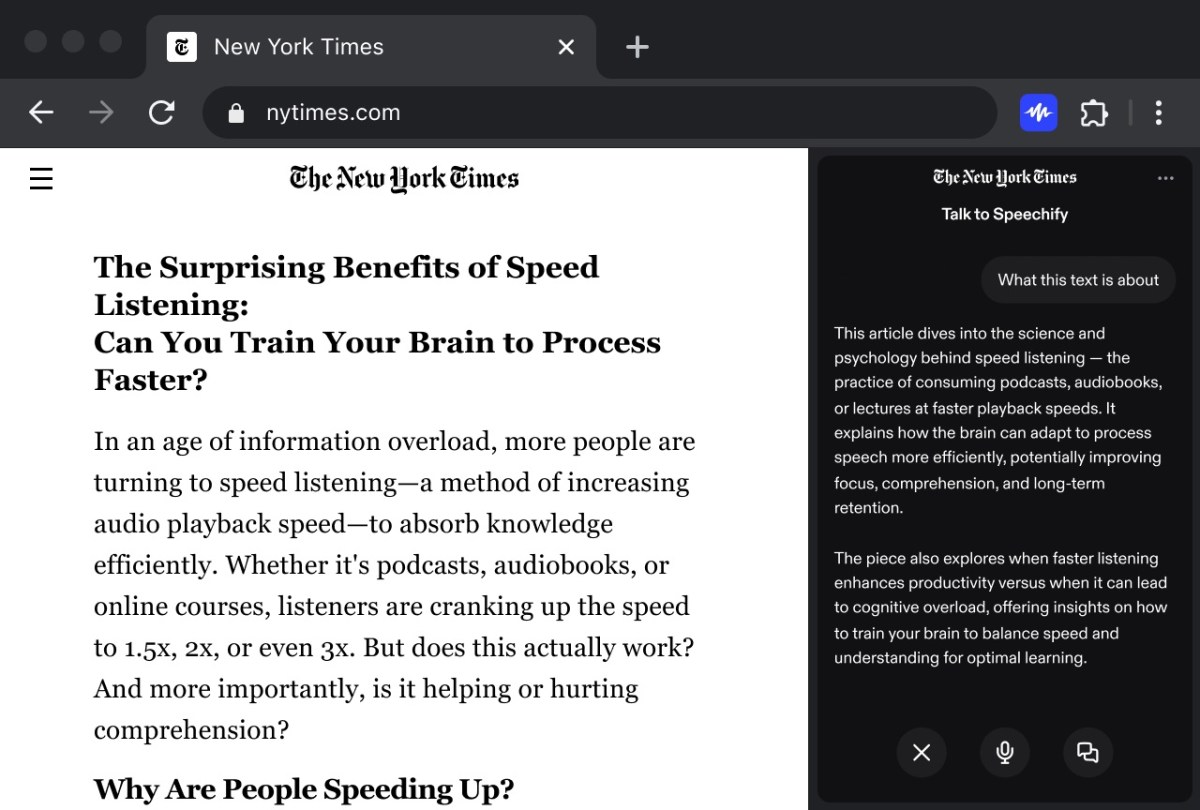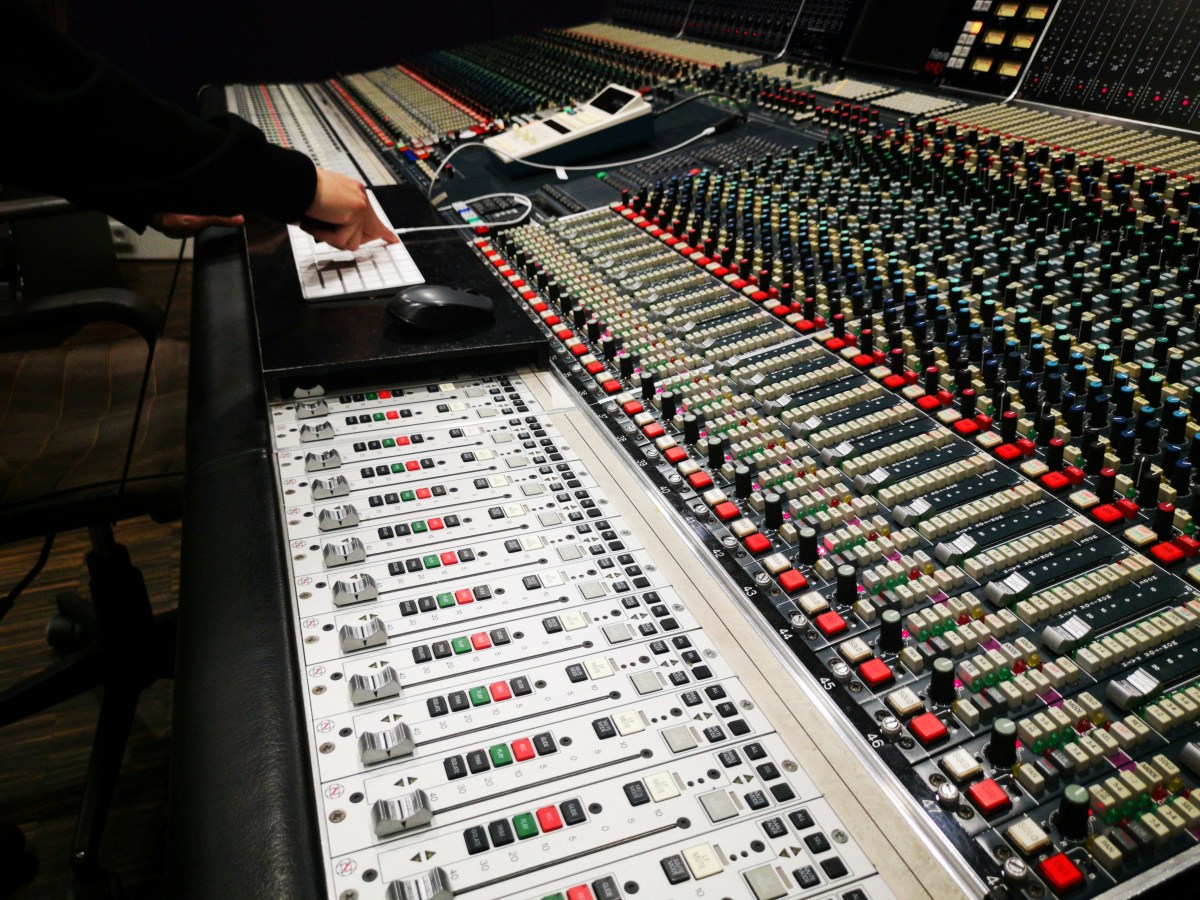1. Trend-Following Indicators: These help identify the overall direction of the market or a specific asset.
Moving Averages (MA):
How they work: Calculate the average price over a specific period (e.g., 20-day, 50-day, 200-day).
Why they’re useful: Smooth out price data to reveal the underlying trend. Swing traders often look for crossovers between shorter-term and longer-term MAs (e.g., 50-day MA crossing above 200-day MA for a bullish signal, known as a “Golden Cross”). Exponential Moving Averages (EMAs) give more weight to recent prices, making them more responsive.
- Moving Average Convergence Divergence (MACD):
How it works: Shows the relationship between two moving averages of an asset’s price, and a signal line (EMA of the MACD line), and a histogram representing their difference.
- Why it’s useful: Identifies momentum changes, potential trend reversals, and provides buy/sell signals through crossovers of the MACD line and the signal line.
Relative Strength Index (RSI):
How it works: An oscillator that ranges from 0 to 100. Readings above 70 typically indicate overbought conditions, while readings below 30 suggest oversold conditions.
Why it’s useful: Helps identify potential trend reversals when an asset becomes overbought (due for a pullback) or oversold (due for a rebound).
Stochastic Oscillator:
How it works: Compares a security’s closing price to its price range over a given period, displayed with two lines (%K and %D) oscillating between 0 and 100. Readings above 80 indicate overbought, and below 20 indicate oversold.
Why it’s useful: Similar to RSI, it helps identify overbought/oversold conditions and potential reversals, particularly effective in sideways or range-bound markets.
3. Volatility Indicators: These measure the degree of price fluctuations.
Bollinger Bands:
How they work: Consist of a middle simple moving average and two outer bands that are standard deviations above and below the middle band.
Why they’re useful: Help identify periods of high and low volatility. When prices touch or break the upper band, it might signal overbought conditions; when they touch or break the lower band, it might signal oversold conditions. Contraction of the bands can signal an impending breakout.
Average True Range (ATR):
How it works: Measures market volatility by calculating the average of true ranges over a specified period.
Why it’s useful: Helps in setting appropriate stop-loss and take-profit levels based on the asset’s typical price movement.
4. Volume Indicators: Volume provides insight into the strength of price movements.
Volume:
How it works: Simply measures the number of shares or contracts traded.
Why it’s useful: High volume accompanying a price movement indicates stronger conviction behind that move, confirming a trend or breakout. Low volume might suggest a weak trend or a temporary pullback.
On-Balance Volume (OBV):
How it works: A cumulative total of volume, adding volume on up days and subtracting it on down days.
Why it’s useful: A rising OBV confirms an uptrend, while a falling OBV confirms a downtrend, providing insights into buying and selling pressure.
5. Support and Resistance: While not strictly an “indicator” in the traditional sense, these are crucial levels that swing traders use to identify potential entry and exit points.
How they work: Support levels are prices where a downtrend is expected to pause due to concentrated demand. Resistance levels are prices where an uptrend is expected to pause due to concentrated supply.
Why they’re useful: Prices often bounce off these levels, offering clear opportunities for entry (at support) or exit (at resistance), or for breakout trades when these levels are broken.
Fibonacci Retracements:
How they work: Horizontal lines drawn at key Fibonacci levels (23.6%, 38.2%, 50%, 61.8%, 78.6%) between a high and a low point of a trend.
Why they’re useful: They help identify potential support and resistance levels where a price might retrace before continuing its original trend.
Key Considerations for Swing Trading:
Combination is Key: Don’t rely on a single indicator. Use a combination of complementary indicators (e.g., a trend indicator with a momentum indicator) to confirm your signals.
Timeframes: Swing traders typically use daily and weekly charts, sometimes incorporating 4-hour or 1-hour charts for more precise entry/exit points.
Price Action: Always consider price action alongside indicators. Indicators are derived from price, so understanding how price is moving fundamentally is crucial.
Risk Management: Always use stop-loss orders to limit potential losses, as no indicator guarantees success.
Backtesting: Before using any indicator or strategy, backtest it thoroughly on historical data to see how it would have performed.
Ultimately, the “best” indicator for you will depend on your specific trading style, risk tolerance, and the assets you trade. Experiment with different combinations and settings to find what works most effectively for your swing trading strategy.





